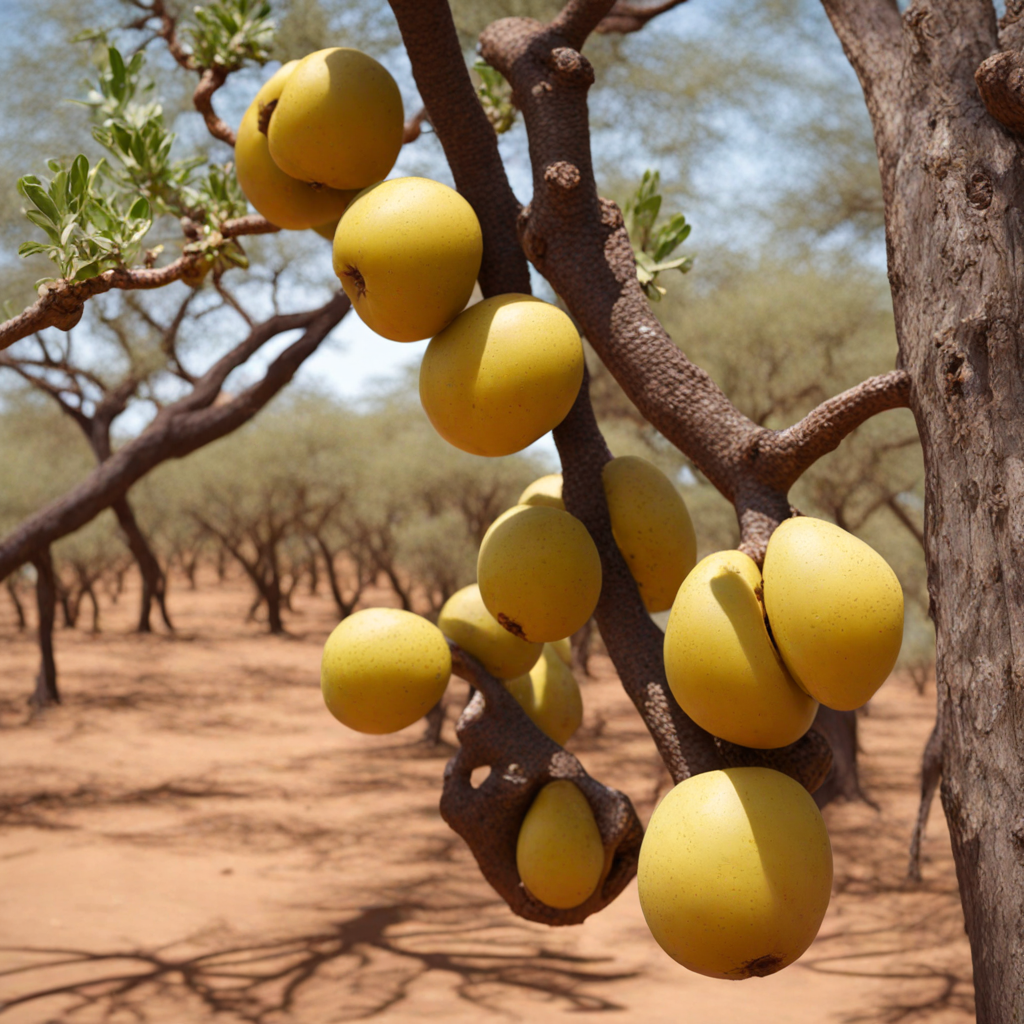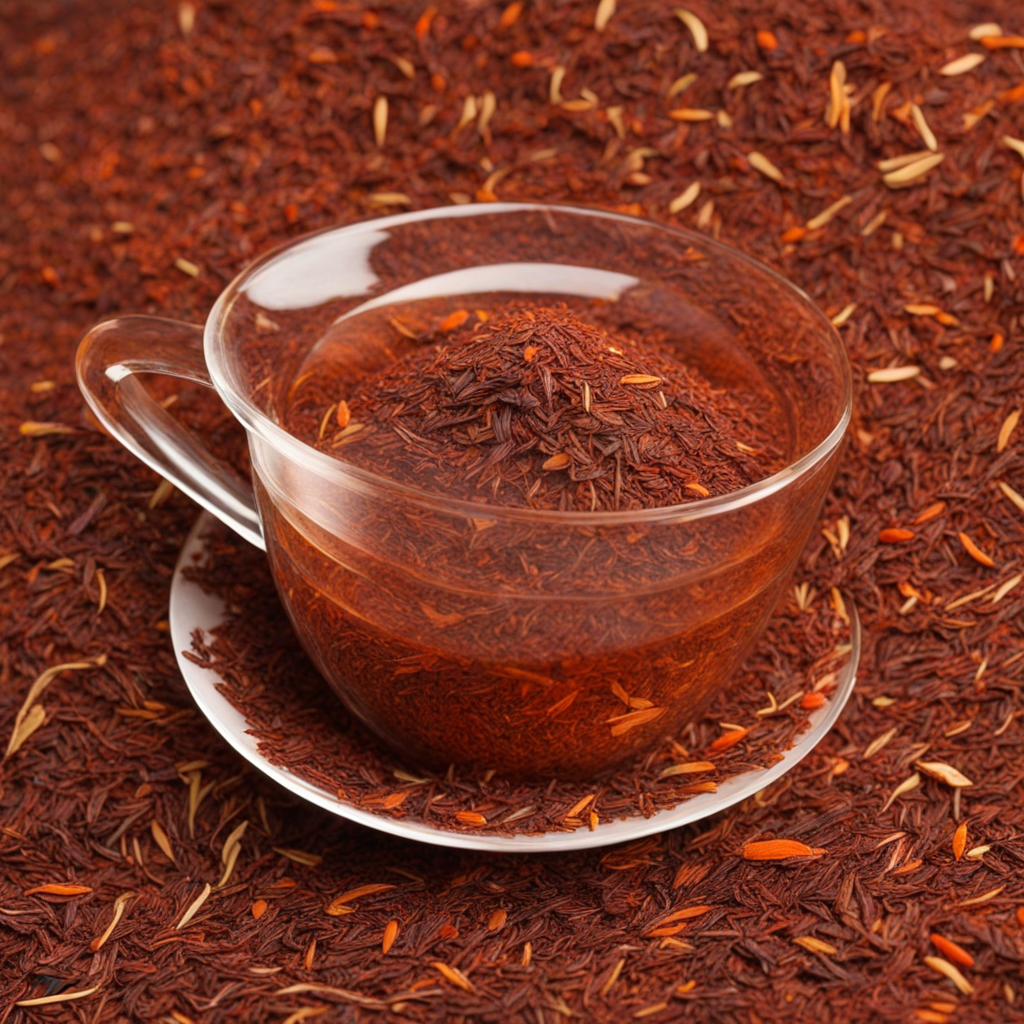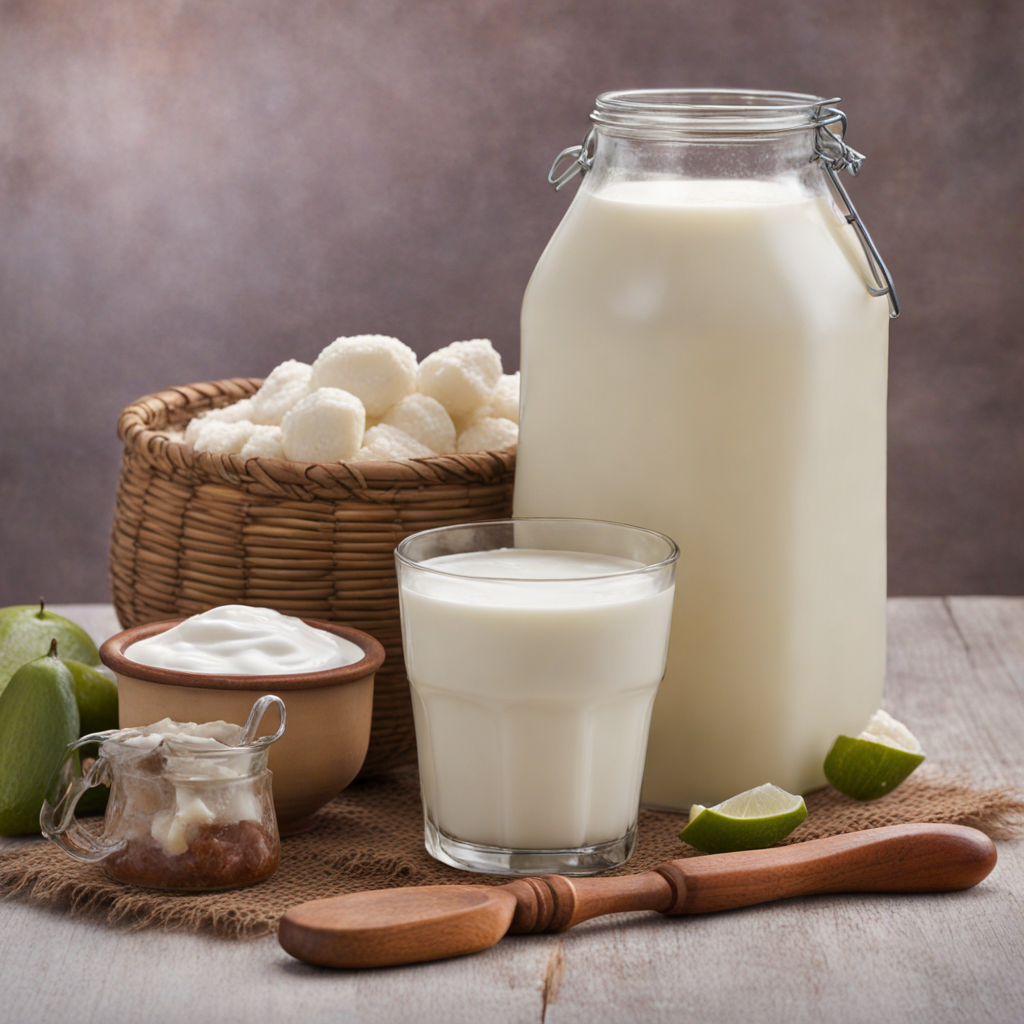Marula Fruit
Marula fruit, hailing from the arid landscapes of Namibia, is a small, round, and yellowish-green drupe that offers a unique taste experience for adventurous food lovers. With a thin skin and a juicy, fibrous pulp, the fruit bursts with flavors reminiscent of a combination of citrus and tropical notes. Its sweetness, often compared to that of a ripe peach, is balanced by a slight tartness, making it both refreshing and intriguing on the palate. The fruit's texture is pleasant, allowing it to be enjoyed raw or incorporated into various dishes, providing a delightful burst of flavor with every bite. In Namibia, marula fruit is not only a popular snack but also a key ingredient in traditional beverages and culinary delights. One of the most famous products derived from this fruit is Amarula liqueur, a creamy, sweet drink that showcases the fruit's natural flavors, often enjoyed over ice or as a cocktail base. Additionally, marula can be transformed into jams, jellies, and sauces, allowing its distinct taste to shine in both sweet and savory dishes. Its versatility makes it a beloved ingredient in Namibian cuisine, where it often accompanies meats or forms the base of flavorful stews. The cultural significance of marula fruit in Namibia cannot be overstated. It is celebrated during traditional harvest festivals, where communities come together to gather the fruit and create various dishes. The fruit is not only a source of sustenance but also a symbol of community and sharing. As you explore the flavors of marula, you are not just tasting a fruit; you are experiencing a rich cultural heritage that highlights the deep connection between the land, its people, and their culinary practices. Discovering marula fruit opens a door to a world of new tastes and a deeper understanding of Namibia's vibrant food culture.
How It Became This Dish
The Marula: A Cultural and Culinary Journey from Namibia #### Origins of the Marula Tree The Marula tree, scientifically known as *Sclerocarya birrea*, is indigenous to the southern regions of Africa, thriving in countries like Namibia, South Africa, Botswana, Zimbabwe, and Mozambique. This deciduous tree, which can grow up to 18 meters tall, is known for its distinctive, rounded crown and its small, yellow-green fruit. The Marula tree is not just a plant but a vital part of the ecosystem and cultural identity of many African communities. The name "Marula" comes from the Tswana word "marula," and it has been a part of the African landscape for centuries, with evidence of its use dating back to prehistoric times. The fruit has been a staple food source for the indigenous peoples of the region, who have utilized it for sustenance, medicinal purposes, and cultural rituals. The tree itself is often referred to as "the tree of life," highlighting its multifaceted role in the life of the communities that surround it. #### Cultural Significance In Namibia, as well as in other Southern African nations, the Marula fruit is deeply embedded in the cultural fabric of local communities. Traditionally, both men and women participate in the harvesting of Marula during its seasonal ripening, which typically occurs in late summer. The fruit is not only a source of nutrition but also a medium for communal gatherings and celebrations. One of the most notable cultural practices surrounding the Marula is the annual Marula Festival, celebrated in various regions. This festival marks the end of the harvest season and serves as a way to honor the fruit's significance. During this time, communities come together to celebrate with traditional dances, music, and feasting. The festival signifies unity, gratitude, and the bounty of nature, reinforcing social ties and communal identity. Moreover, the Marula fruit has significant medicinal properties, often used in traditional healing practices. The fruit is rich in Vitamin C and has been employed to treat various ailments, from digestive issues to skin irritations. The bark and leaves of the Marula tree have also found their place in traditional medicine, showcasing the tree's holistic significance. #### Culinary Uses The Marula fruit is small, about the size of a plum, and has a tart flavor when ripe. It’s typically harvested in late February to March, when the fruit turns a vibrant yellow and begins to fall from the tree. The flesh is juicy and sweet, surrounded by a hard pit. Locals consume the fruit fresh, but it is also transformed into various culinary delights. One of the most famous products derived from the Marula fruit is Amarula, a creamy liqueur that has gained international recognition. Amarula is produced by fermenting the fruit and then distilling it, creating a sweet, creamy drink that is enjoyed worldwide. This liqueur has not only brought global attention to the Marula fruit but also provided economic opportunities for local communities. The production of Amarula supports sustainable harvesting practices and contributes to wildlife conservation efforts, as the trees are protected for their valuable fruit. In addition to liqueurs, the Marula fruit is used to make jams, jellies, and sauces, showcasing its versatility in culinary applications. Traditional recipes often involve using the fruit in stews or as a flavoring for meat dishes, adding a unique tang to the meal. The seeds of the Marula fruit are also utilized; they are rich in oil and can be pressed to extract Marula oil, which is used in cooking and cosmetics due to its beneficial properties for skin and hair. #### Development Over Time The evolution of the Marula's use and significance reflects broader changes in society and the environment. Historically, the Marula tree has been revered and protected by local communities, but over time, external pressures such as urbanization and agricultural expansion have threatened its existence. However, many communities have recognized the importance of sustainable practices to ensure that the Marula tree continues to thrive. In response to changing economic landscapes, there has been an increase in initiatives aimed at promoting the sustainable harvesting of Marula. Organizations and cooperatives have emerged, focusing on empowering local communities through education and training in sustainable agricultural practices. This has helped to maintain the cultural heritage associated with the Marula tree while also providing income-generating opportunities. Furthermore, globalization has played a role in bringing the Marula fruit into the international spotlight. The success of Amarula liqueur has sparked interest in the fruit beyond African borders, leading to a growing market for Marula-based products. This has encouraged more farmers to cultivate Marula trees, fostering a renewed appreciation for this indigenous resource. #### Conclusion The Marula fruit represents far more than a simple food item; it embodies the history, culture, and identity of the people in Namibia and the broader Southern African region. From its origins as a vital food source to its current status as a globally recognized product, the Marula has been woven into the fabric of community life, tradition, and economy. As we look to the future, the sustainable management of Marula trees will be essential in preserving this rich cultural heritage while also providing for the needs of local communities. The Marula tree, with its luscious fruit and deep cultural roots, stands as a testament to the resilience of nature and the enduring connection between people and their environment. The story of the Marula is a vivid reminder of how food can transcend mere sustenance, embodying history, culture, and the spirit of community.
You may like
Discover local flavors from Namibia







